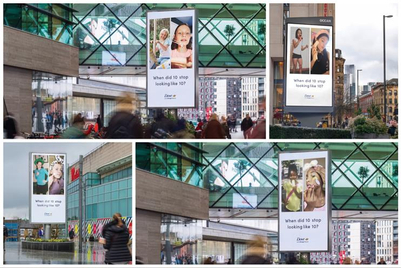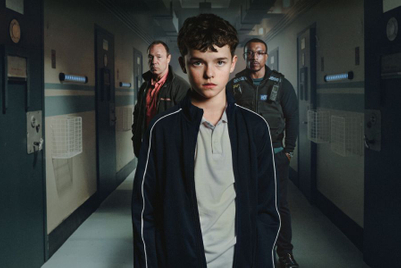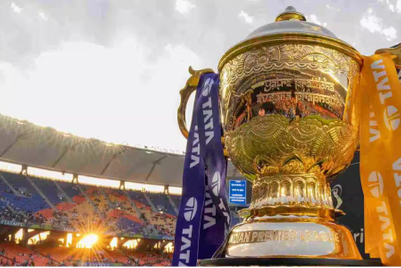
Social networkers Biz Stone and Daniel Wu are meant to symbolise "the fusion of Chinese and American culture" for the American fashion brand Gap, which counts encouragement, freedom and passion as its brand values.
Stone and Wu are Gap's freshest combination of protagonists in new advertising placed by Y&R in mainland China and Hong Kong last month. Gap also paired ordinary girls from the United States and China as postergirls. When probed if Wu and Stone are doing anything offline for the Gap brand apart from being photographed together, Y&R revealed that no further activity is planned at the moment.

Twitter co-founder Stone, representing the power of social networking, creates a new twist on the campaign and hopefully a buzz of discussion too, according to Grace Wong, Gap China's head of marketing for China and Hong Kong.
"Whether it is how Daniel Wu and Biz Stone changed the way people communicate through multiple social networking platforms, or how an ordinary girl can become a major star—it is a chance for audiences to consider the deeper significance behind this creative," she said.
Online commentators are certainly pondering the campaign's "deeper meaning". A poster on an industry blog seemed to sum up the reaction: "No one but the guys who made this campaign would ever call a photo of two blokes sitting next to one another 'a thought provoking pairing'. It's also great that we can't see any of the clothes [they are] selling. And two young girls with their arms around each other's shoulders. Thought provoking? Really? What thoughts should be provoked, other than a sense of deja vu?"
First launched in 2010 upon the brand's entry into China, the 'Let's GAP together' campaign was created by Y&R's Shanghai team, who said the campaign has been "enthusiastically received from cities across China, having been photographed by American fashion industry legend Annie Leibovitz".
However, Yukio Nakayama, executive creative director of global solutions center at Dentsu, mentioned that at first glance, he did not "catch the message at all", and upon checking the internet, gradually came to understand the concept and meaning of the campaign.
One can argue that a Japanese creative will not get it immediately, since he is not part of Gap's target audience for this campaign. Then consider Kevin Huang's opinion. Huang, CEO of Pixel Media based in Hong Kong, himself an active social networker, said the campaign's intention is a cool idea, but the selection of celebrities may need to be refined.
Actor Daniel Wu is known in the music, film and web industries in both Hong Kong and mainland China, but his partner in the photo, Biz Stone, has been keeping a low-profile since he left Twitter, the company he co-founded, in June last year.
Differences in cultural backgrounds, barriers in language and the fragmentation of social-networking habits among Gap's target markets for this campaign show a gap with consumer insights, according to comments Campaign Asia-Pacific has collated. The obvious reason being Biz Stone is relevant in Hong Kong only among English speakers or Twitter users (most prefer Facebook), and not relevant at all in China because Twitter is banned in the country (most use Weibo).




.jpg&h=268&w=401&q=100&v=20250320&c=1)




